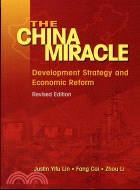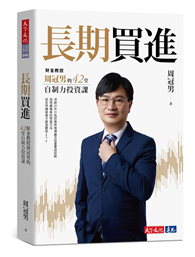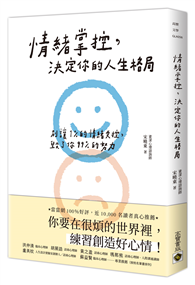”Lin, Cai and Li have produced an impressive and comprehensive overview of ... China\’s economic reforms. Both scholars and practitioners of the transition to market economies will gain new insight into the dynamics of the reform process.”─Dwight H. Perkins, Harvard University
”This book on the fastest-growing economy in the world will be closely studied throughout the developing world and in donor circles in Washington, Brussels and Tokyo. Special attention is given to incremental reforms, trial and error and the blending of policy and institutional reforms. The China Miracle should be on the bookshelf of every teacher of development economics.”─Carl K. Eicher, Michigan State University
The tremendous success of China\’s economic reform, in contrast with the vast difficulties encountered by the former Soviet Union and Eastern European countries in their transition, has attracted worldwide attention. Using a historical, comparative and analytic approach grounded in mainstream economics, the authors develop a consistent and rational framework of state-owned enterprises and individual agents to analyze the internal logic of the traditional planning system. They also explain why the Chinese economy grew slowly before the market-oriented reform in 1979 but became one of the fastest growing economies afterwards, and why the vigour/chaos cycle became part of China\’s reform process. The book also addresses to the questions that whether China can continue its trend of reform and development and become the largest economy in the world in the early 21st century, and what the general implications of China\’s experience of development and reform are for other developing and transition economies.
The first edition has been well-received and is the standard textbook or reference for students and researchers of China studies. In this thoroughly revised edition, the authors have updated the data and information in the book and include a new chapter on the impact of China\’s WTO accession on its economic reforms and causes of the current deflation.

 共
共 










